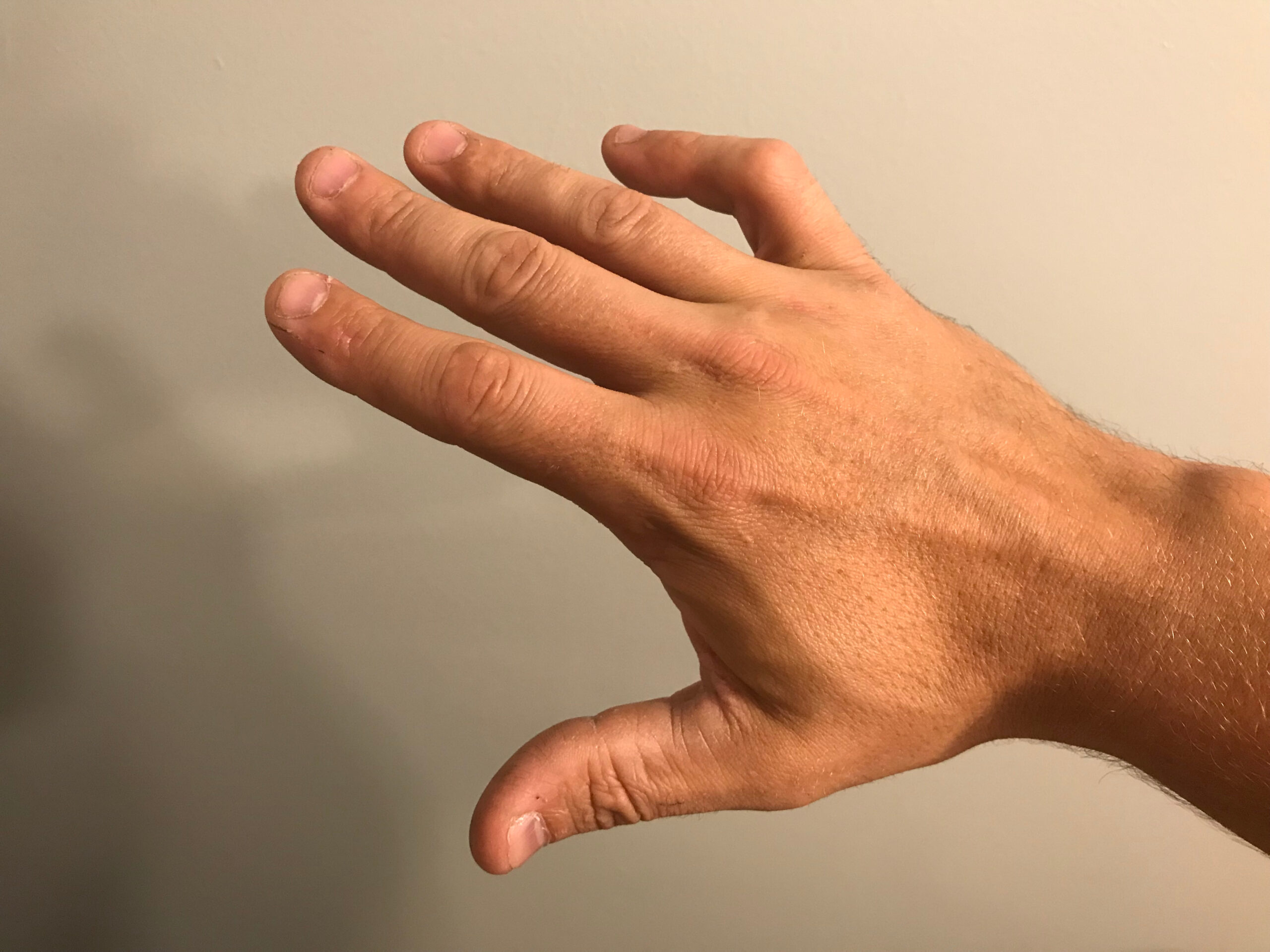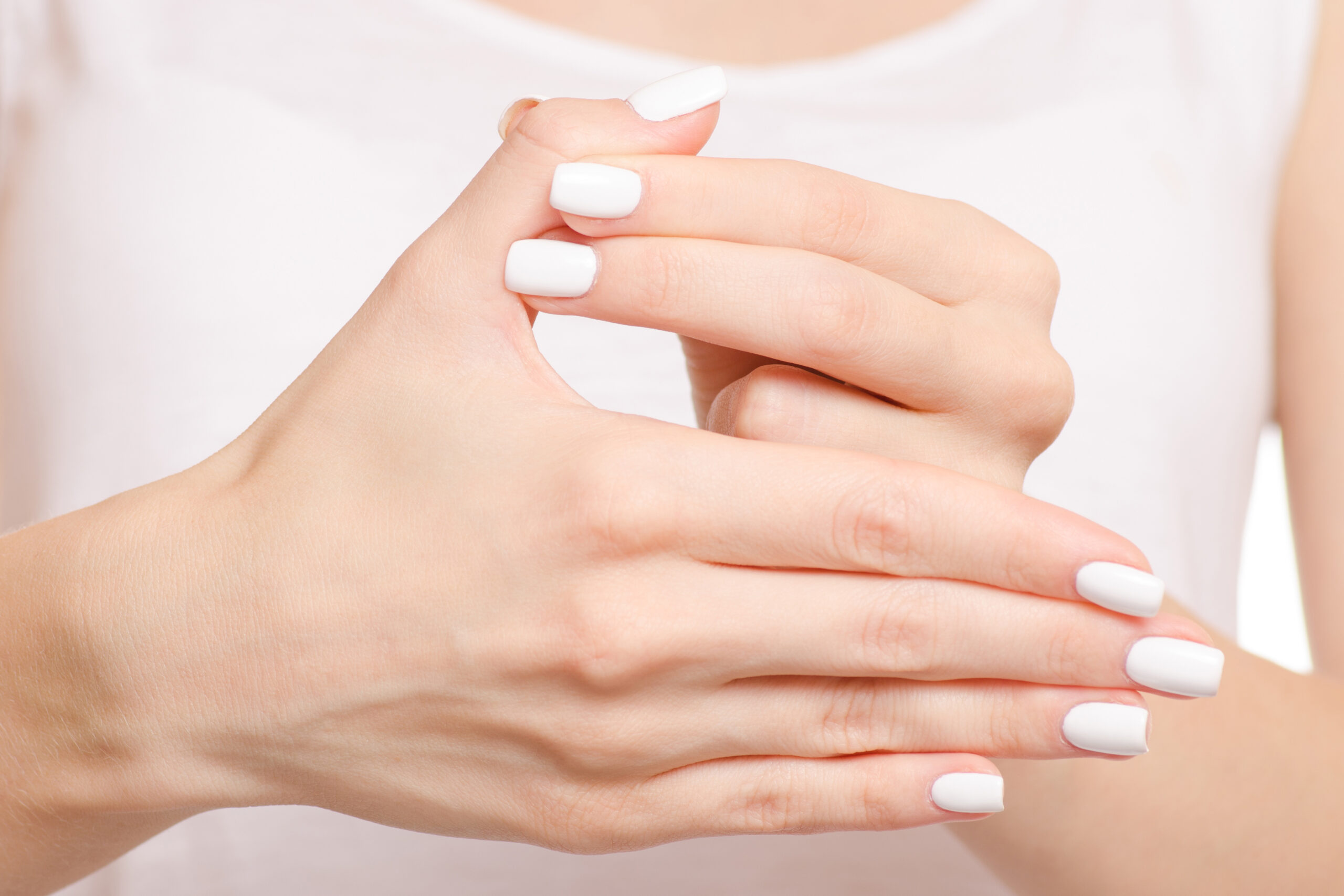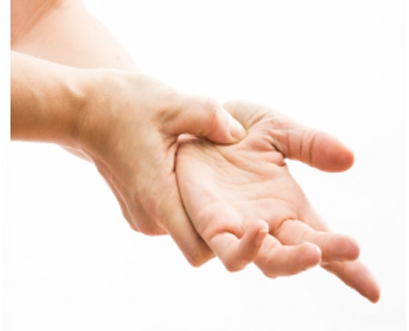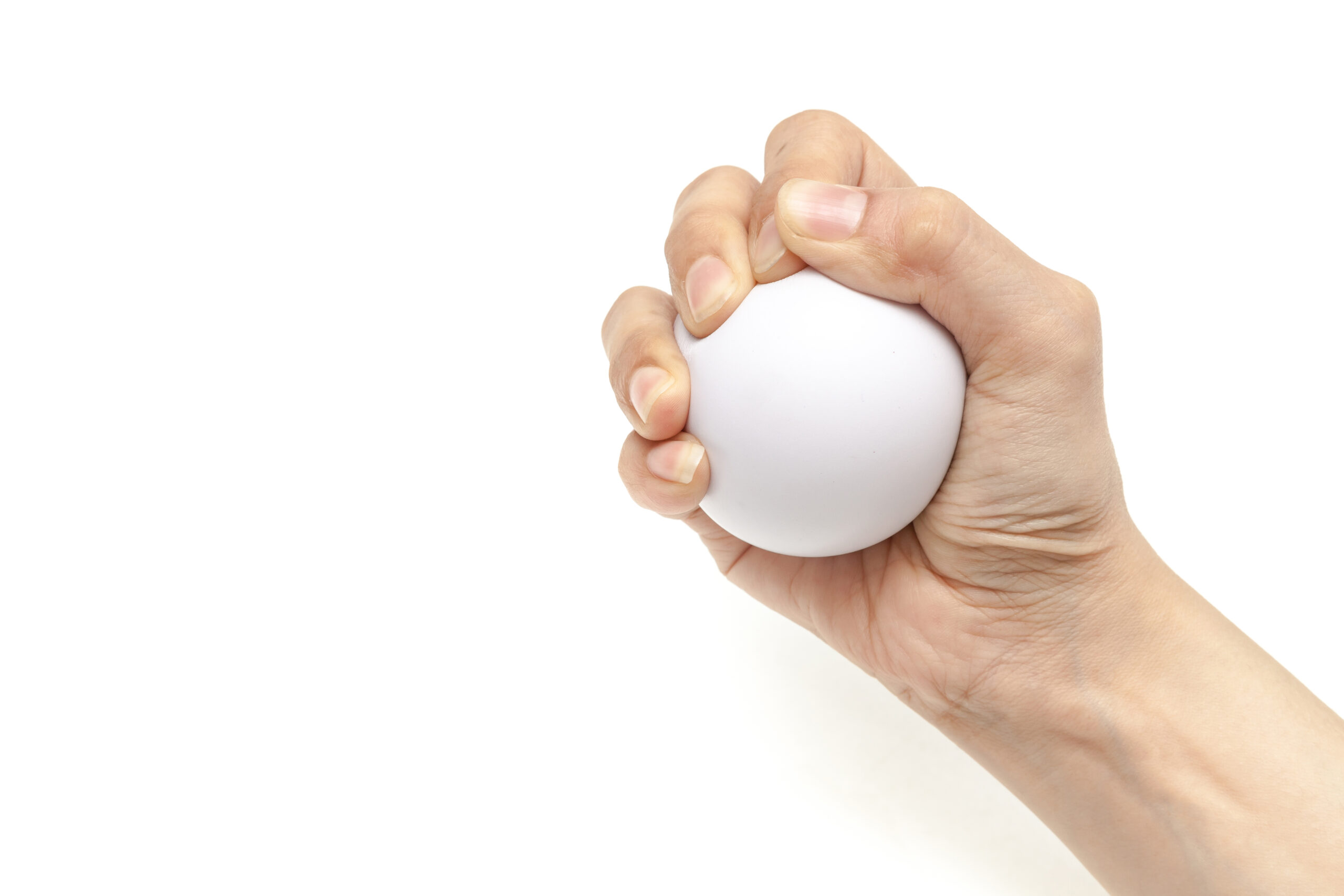The cost of Boutonniere deformity surgery can widely vary. Dr. Azouz will determine the cost of surgery through a medical history and physical examination. Many insurance companies consider Boutonniere deformity surgery medically necessary but the cost of surgery is also heavily dependent on the deductible and coverage policy. If it is caused by an injury at work, most workers’ compensation carriers can cover the cost of surgery.
Boutonniere Deformity Surgery: Dallas Hand Surgeons Dr. David and Solomon Azouz offer effective treatment for Boutonniere Deformity
Dallas Plastic and Hand Surgeon Dr. David and Solomon Azouz review Boutonniere Deformity Surgery:
symptoms, surgical treatment, cost, insurance, and recovery.
What is a Boutonniere Deformity of the finger?
Boutonniere Deformity Surgery repairs a condition whereby patients cannot straighten the affected finger due to a tendon injury in the middle joint of the finger. Tendons connect the finger bones to the muscles, which help in bending and straightening the fingers. It is usually caused by forceful trauma at the top of the middle joint when it is bent, a laceration of the middle joint, or arthritis.
What are the symptoms of a Boutonniere deformity?
Symptoms of Boutonniere deformity include swelling, pain, and limited movement which can appear immediately after or a few weeks after its cause. In some severe cases, the bone can be displaced from its original position, which can require surgery.
Who needs a Boutonniere Deformity Surgical Procedure?
Patients with a Boutonniere’s deformity are candidates for surgery after non-surgical treatments have failed.
What are the benefits of Boutonniere Deformity Surgery?
Boutonniere’s deformity surgery will correct the damaged tendon and help patients regain the function of their fingers. Surgery may also be recommended when Boutonniere’s deformity is caused by a ruptured tendon, the presence of a bone displacement, or rheumatoid arthritis.

What kind of Anesthesia is used for surgery to correct a Boutonniere deformity?
Dr. Azouz will use local anesthesia with sedation for hand surgeries. The affected finger will be injected with a numbing medication, which usually lasts about 4-8 hours. Patients are sedated during the surgery and typically do not remember the procedure.
What is the recovery from Boutonniere deformity surgical procedure?
Boutonnieye’s deformity surgery is a same-day procedure. Dr. Azouz places a splint after the surgery, which will last about 4-6 weeks. Hand therapy is recommended a few weeks after surgery to help regain strength and flexibility. Dr. Azouz informs patients when they can be released for work and other activities.

What are the risks of the boutonniere deformity surgical procedure?
Some risks for Boutonniere deformity surgery include infection, blood loss, and nerve damage.
How does Dr. Azouz minimize the risk of boutonniere deformity surgery?
Dr. Azouz minimizes these risks with meticulous technique, the use of a tourniquet, and by using specialized medications.
Call 972- 702- 8888 to schedule your consultation today!

Boutonniere Deformity Frequently Asked Questions
Can normal function be restored after a boutonniere deformity surgery?
Surgery improves the function of the fingers and corrects Boutonniere’s deformity. Patients can straighten the affected fingers after they have recovered from the surgery.
What are the non-surgical treatment options for Boutonniere’s deformity?
As soon as Boutonniere’s deformity is diagnosed, patients should be placed in a splint, so that the affected finger is fixed in a straightened position allowing the tendon to heal. Some exercises can also be performed to help with strength and flexibility. Non-steroidal anti-inflammatories can help with pain but do not treat tendon damage. In most cases, surgery is recommended.
What’s the difference between Boutonniere’s deformity and Mallet finger?
With Boutonniere’s deformity, patients cannot straighten the middle joint of the affected finger. Whereas with a mallet finger, patients cannot straighten the top joint of their finger, which is when the tendon of the distal joint is torn.
Surgery improves the function of the fingers and corrects Boutonniere’s deformity. Patients can straighten the affected fingers after they have recovered from the surgery.
As soon as Boutonniere’s deformity is diagnosed, patients should be placed in a splint, so that the affected finger is fixed in a straightened position allowing the tendon to heal. Some exercises can also be performed to help with strength and flexibility. Non-steroidal anti-inflammatories can help with pain but do not treat tendon damage. In most cases, surgery is recommended.
With Boutonniere’s deformity, patients cannot straighten the middle joint of the affected finger. Whereas with a mallet finger, patients cannot straighten the top joint of their finger, which is when the tendon of the distal joint is torn.




